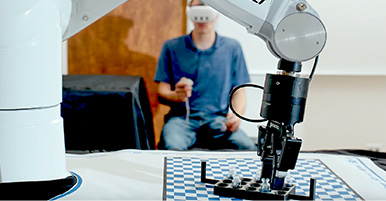Citation
Smith, F. T. (2010). Lorentzian Symmetry in an Expanding Hyperbolic Geometry: The Connection with Minkowski Space. In Annales de la Fondation Louis de Broglie (Vol. 35, p. 23). Fondation Louis de Broglie.
Abstract
In a hyperbolic universe the 4-vectors and subspaces of velocity and position are isomorphic examples of Lorentzian symmetry and pseudospherical geometry. Light is shed on this connection by examining a hyperbolic 3-space as the subspace of an O(1,3) 4-space subject to the constraint of a pseudosphere of imaginary radius R = i! . This symmetry persists if the hyperradius of position space expands with cosmological time, as in the Hubble distance !H = ctH . Such an expanding non-euclidean space with a negative curvature changing in time leads automatically to the appearance of a differential 4-vector with an imaginary timelike component icΔt. This provides a new understanding of the origin of the time-varying coordinate in the Minkowski space-time four-vector. The position-velocity symmetry supports an enlarged Lorentz group based on the direct product of separate Lorentz subgroups in position and velocity spaces. The geometric isometry of negative curvature in both position and velocity spaces now provides additional evidence for a previously demonstrated reciprocal relationship between the Lorentz transformation phenomenology and the Hubble velocity-distance law.


